Culture
The Top 15 Art Exhibitions This Summer
Slide Nr 1With new art centres in Asia, plus an inaugural biennial and first-time art and design initiative in the USA, the art world is currently looking both East and West for big news. Meanwhile, the European museums in between continue with business as usual, staging a plethora of exhibitions featuring artists both old and new. [Photo: Courtesy of the Art Institute of Chicago]
0/15
Culture
The Top 15 Art Exhibitions This Summer.
Slide Nr 2The first of several arts facilities across Asia to launch in 2018 already had its soft opening in January. The Guardian Art Center in Beijing is actually the world’s first-ever custom-built auction house, but located within its public areas are “museum-quality galleries” hosting exhibitions and events. The centre is expected to be fully operational from July.
1/15
Culture
The Top 15 Art Exhibitions This Summer.
Slide Nr 3Tai Kwun, Hong Kong’s Centre for Heritage and Arts, is slated for a summer opening. Once the refurbishment of the former Central Police Station compound is completed, the complex will house an art gallery, a 200-seat auditorium and outdoor spaces.
2/15
Culture
The Top 15 Art Exhibitions This Summer.
Slide Nr 4Melbourne’s National Gallery of Victoria has another potential blockbuster on its hands with Masterworks From MoMa. The exhibition featuring over 150 pieces from the likes of Van Gogh, Dalí, Matisse and Picasso – to name but a few – is sure to draw crowds during the antipodean winter months. [Henri Matisse, La Japonaise: Woman beside the Water © 2016 Succession H. Matisse / Artists Rights Society (ARS), New York]
3/15
Culture
The Top 15 Art Exhibitions This Summer.
Slide Nr 5Frida Kahlo has been in the news for all the wrong reasons this year. If you think the unique artist should be remembered for her seminal work rather than as a pseudo-feminist Barbie doll, then head to the Hungarian National Gallery in Budapest, where 30 of her works, including early self-portraits, will be on show.
4/15
Culture
The Top 15 Art Exhibitions This Summer.
Slide Nr 6Of course, exploring Kahlo’s status as a fashion icon is a valid exercise, albeit one best left to a competent authority like the Victoria and Albert Museum. Frida Kahlo: Making Her Self Up puts the Mexican artist’s personal belongings on display in London. The artefacts – ranging from personal trinkets, cosmetics and clothes to a prosthetic leg – promise to illuminate her artistic sensibilities, as well as her sources of cultural and visual inspiration. [Frida Kahlo with Olmec figurine, 1939. Photograph Nickolas Muray. © Nickolas Muray Photo Archives]
5/15
Culture
The Top 15 Art Exhibitions This Summer.
Slide Nr 7The ongoing World War One commemorations end in 2018, so this round of UK art exhibitions exploring the impact the so-called Great War will be wrapping up the four-year centenary. Tate Britain leads the charge with Aftermath: Art in the Wake of World War One “exploring the impact of World War One on British, German and French art.” The Imperial War Museums (IWM) have launched an entire season under the title Making a New World, including a major exhibition exploring symbols of commemoration, several installations at IWM London and a film created from archival footage by director Peter Jackson. [Tate Britain: Christopher Richard Wynne Nevinson, Ypres After the First Bombardment, 1916. Museums Sheffield ]
6/15
Culture
The Top 15 Art Exhibitions This Summer.
Slide Nr 8The sea of red poppies seen by an estimated 3.5 million people since it first appeared at the Tower of London to commemorate the start of WW1 in 2014, remains on view in several British locations throughout 2018. 14-18 NOW, the programme that commissioned this and many other works of art “connecting people with the First World War” has also announced a final season featuring everything from performance art and spoken word to music and museum events. [CWGC Plymouth Naval Memorial, Plymouth, 2017. Photo by Matt Keeble/Getty Images]
7/15
Culture
The Top 15 Art Exhibitions This Summer.
Slide Nr 9For potentially lighter fare, head to the Royal Academy of Art for the 250th anniversary Summer Exhibition. It’s one of the summer highlights of the London art calendar every year, and is referred to as The Great Spectacle for good reason. In addition to showcasing a curated selection of work by contemporary British artists, this year the show will also feature a retrospective.
8/15
Culture
The Top 15 Art Exhibitions This Summer.
Slide Nr 10The Great Exhibition of the North, an 11-week arts festival designed to highlight the cultural diversity of Northern England, starts with an opening ceremony on the River Tyne in Newcastle. Just down the river, “a series of pavilions and architectural constructions” at the Baltic Centre for Contemporary Art explore Northern imagination and identity.
9/15
Culture
The Top 15 Art Exhibitions This Summer.
Slide Nr 11Summer is not exactly museum season, what with people off on holidays and out enjoying the good weather. Berlin’s State Museums seem intent on combining the seasonal urge to wander with the desire to visit a museum by tapping into that theme with an exhibition named Wanderlust at the Alte Nationalgalerie. The main highlight is Caspar David Friedrich’s Wanderer above the Sea of Fog, which has long captured the German imagination, accompanied by the work of international artists from Auguste Renoir to Paul Gauguin. [Caspar David Friedrich, Wanderer über dem Nebelmeer, circa 1817. Hamburger Kunsthalle © SHK / Hamburger Kunsthalle / bpk / Elke Walford]
10/15
Culture
The Top 15 Art Exhibitions This Summer.
Slide Nr 12Locally beloved, yet internationally overshadowed by her male collaborator and lover, Gabriele Münter shares the fate of many female artists. The German painter lived and worked with fellow expressionist Wassily Kandinsky in Bavaria for over a decade. Her work can usually be seen in the context of the Blue Rider exhibition in Munich’s Lenbachhaus, where this comprehensive review of her work was first presented, highlighting the artist in her own right. The exhibition is on show until 18 August, 2018 at the Louisiana Museum of Modern Art in Humlebæk, just north of Copenhagen. [Gabriele Münter, Dame im Sessel schreibend, 1929]
11/15
Culture
The Top 15 Art Exhibitions This Summer.
Slide Nr 13The Triennial of Photography Hamburg doesn’t just showcase the best of contemporary photography, but also aims to provide a platform for discussions on the ethical implications of the medium. This year’s motto BREAKING POINT indicates that the art and craft, along with the world it documents, is at a critical point. Perhaps photography, with its “ability to freeze time and bring focus”, can impact the direction our world will take from here? [Hanns-Jörn Anders, Unruhen In Nordirland, 1969]
12/15
Culture
The Top 15 Art Exhibitions This Summer.
Slide Nr 14Andy Warhol was so prolific, and so unapologetically and purposely derivative, that his oeuvre makes for interesting juxtapositions with the work of other artists. Oslo’s Munch Museum, which Warhol visited in 1973, is putting on an exhibition of drawings, silkscreen prints and paintings the American pop artist produced 10 years after that visit. Andy Warhol – After Munch shows how his work was inspired by the Norwegian expressionist. [Andy Warhol, The Scream (After Munch), 1984 © The Andy Warhol Foundation for the Visual Arts Photo Sparebankstiftelsen DNBNOR]
13/15
Culture
The Top 15 Art Exhibitions This Summer.
Slide Nr 15The ambitious Art Design Chicago initiative has been celebrating the city’s art and design legacy with more than 25 exhibitions and hundreds of public programmes. In addition to several ongoing events, the Art Institute of Chicago launched Never a Lovely so Real, a photography and film exhibition, in May, while Charles White: A Retrospective starts at the Art Institute of Chicago in June, and the Koehnline Museum presents Sculpting a Chicago Artist: Richard Hunt and his Teachers from July. [Photo: Courtesy of the Art Institute of Chicago]
14/15
Culture
The Top 15 Art Exhibitions This Summer.
Slide Nr 16If Chicago, Illinois is rarely perceived as one of the USA’s most pivotal art hubs, Cleveland, Ohio isn’t even a blip on the art world’s radar. The city’s inaugural FRONT International: Cleveland Triennial for Contemporary Art is setting out to change both that and the Midwest’s image as a cultural backwater. [The British Library, 2014 © Phoebe D’Heurle; Courtesy of James Cohan Gallery, New York]
15/15


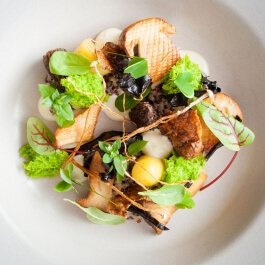
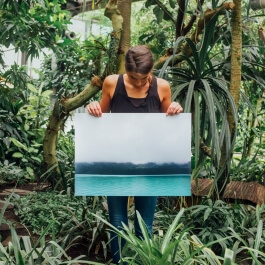
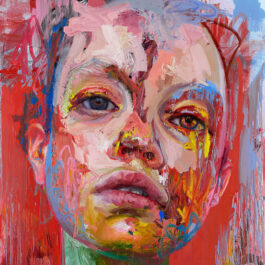
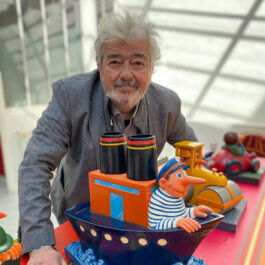
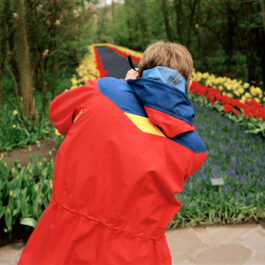
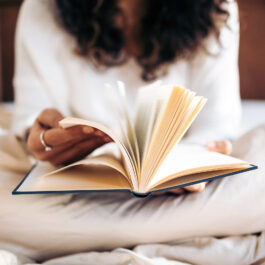

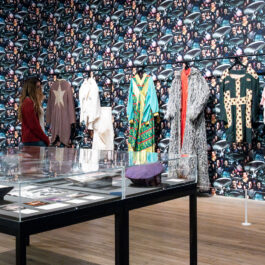
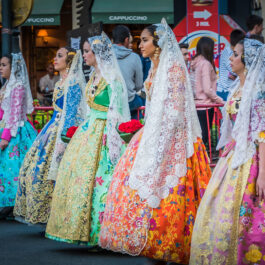
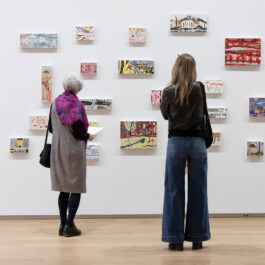
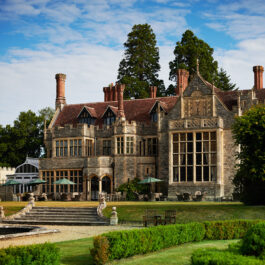
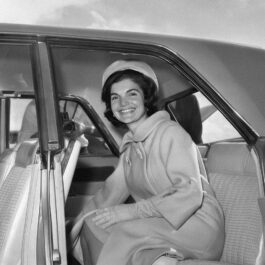
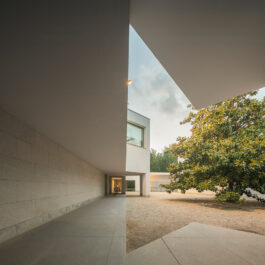
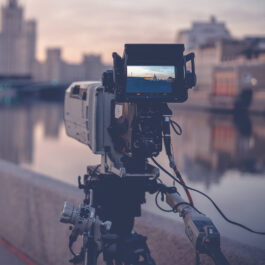
Sorry, the comment form is closed at this time.